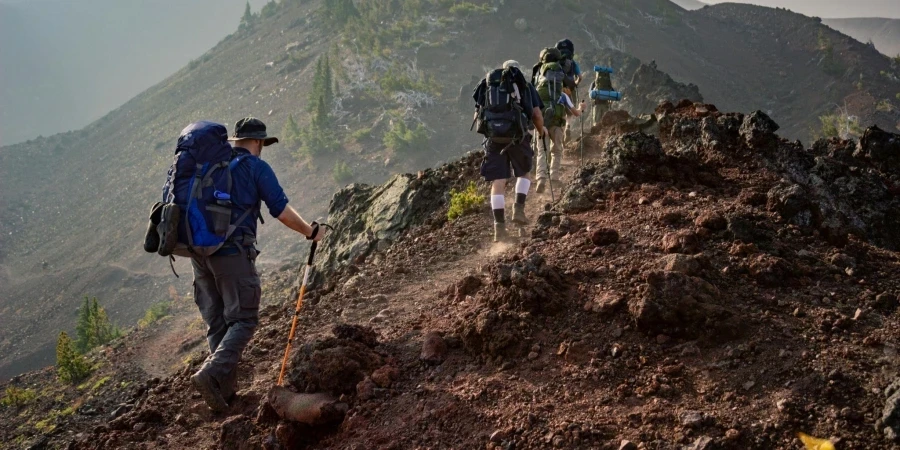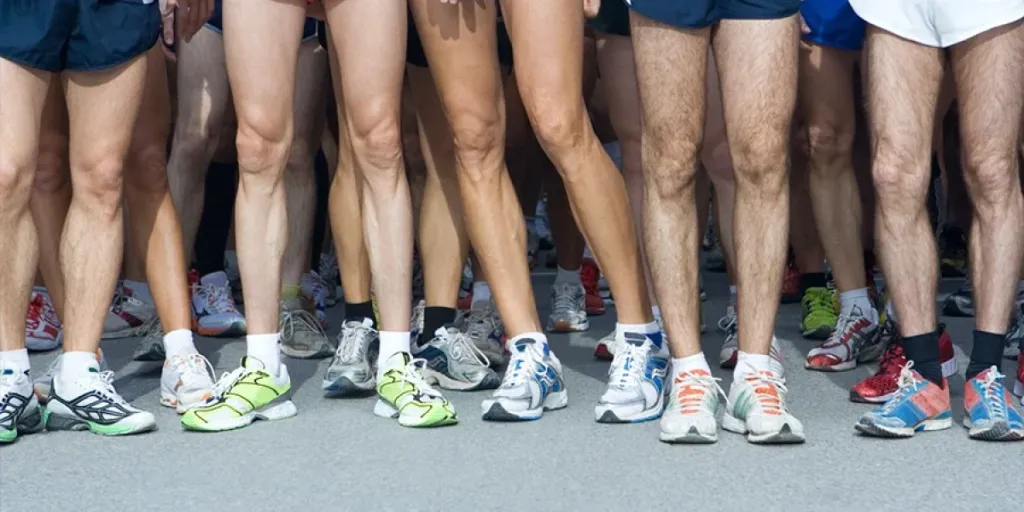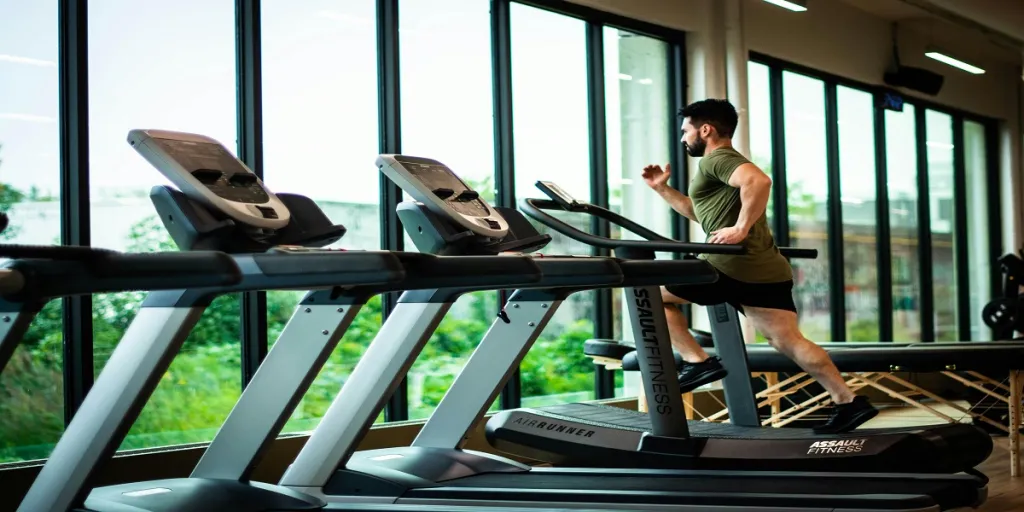Table of Contents
● Introduction
● Key Types of Hiking Bags and Their Uses
● Understanding the Market Trends for Hiking Bags
● Factors to Consider When Choosing a Hiking Bag
● Leading Picks for 2025: Features to Look For
● Conclusion
Introduction
Hiking bags are essential gear for outdoor enthusiasts, designed to provide comfort, organization, and durability during various adventures. Whether for short day hikes or longer, multi-day backpacking trips, the right hiking bag can make all the difference in terms of convenience and performance. These bags help users carry their gear efficiently, ensuring easy access to essentials, protection against the elements, and proper load distribution for comfort over long distances. As the outdoor industry evolves, selecting high-quality, well-designed hiking bags has become more important than ever. For those sourcing products on behalf of organizations, understanding the key features and latest trends is crucial to making informed purchasing decisions.
Key Types of Hiking Bags and Their Uses

Daypacks: Essential for Short Hikes
Daypacks are compact, lightweight bags designed for short hiking trips and day excursions. They offer just enough space to carry essential items like water, snacks, a first aid kit, and a light jacket, making them perfect for fast-paced hikes. Despite their small size, daypacks often feature thoughtful design elements such as breathable mesh panels, adjustable straps, and dedicated compartments for hydration bladders or trekking poles. These bags prioritize convenience and comfort, ensuring minimal weight and maximum efficiency for short treks.
Overnight Hiking Bags: Packing for Multi-Day Adventures
Overnight hiking bags are built for longer treks, providing the capacity and durability required for multi-day trips. With volumes ranging from 40L to 80L, they can accommodate sleeping bags, tents, and other camping gear. These packs are designed for comfort, with padded shoulder straps, adjustable hip belts, and a load-bearing system that ensures the weight is evenly distributed across the body. They also include features like multiple compartments and external attachment points for extra gear, making them indispensable for extended outdoor adventures.
Hydration Packs: Small but Crucial for Convenience
Hydration packs are small, lightweight backpacks designed primarily for carrying water, with a built-in reservoir and a tube for hands-free drinking while on the move. These packs, typically ranging from 1.5L to 3L, are perfect for quick hikes, runs, or bike rides where staying hydrated is essential. While they are not meant for carrying large gear, they often have small pockets for keys, snacks, or a phone. Hydration packs offer convenience and comfort, allowing hikers to drink without stopping or fumbling with bottles, making them an essential item for active outdoor enthusiasts.
Understanding the Market Trends for Hiking Bags

Rising Demand for Eco-Friendly and Sustainable Materials
Eco-consciousness is playing a crucial role in shaping the hiking bag market, with an increasing number of consumers opting for products made from sustainable materials. Recycled fabrics, organic cotton, and biodegradable components are becoming highly sought after as buyers look to reduce their environmental impact. As sustainability becomes a primary concern, manufacturers are responding with transparent, eco-friendly designs that meet the growing demand for outdoor gear that aligns with consumers’ environmental values.
Technological Advancements: Incorporating Smart Features
Technological advancements are enhancing the functionality of hiking bags, integrating features such as solar-powered charging ports, LED lighting systems, and GPS tracking for added convenience and safety. Hydration systems built directly into the bags and wireless technology like Bluetooth connectivity further enrich the hiking experience, offering users the ability to stay connected and monitor health metrics while on the go. These innovations are appealing to hikers seeking advanced, smart products that improve performance and convenience during outdoor activities.
Market Forecast for 2025: Growth and Key Drivers
The hiking bag market is expected to experience steady growth by 2025, driven by factors such as the growing popularity of outdoor activities and eco-tourism. Consumers increasingly favor multi-functional, durable gear that can serve a variety of purposes, such as converting from daypacks to larger hiking bags. As the economy recovers and travel resumes, the demand for hiking bags is rising, with new brands and product innovations entering the market. This market expansion signals strong opportunities for businesses, especially those able to adapt to evolving consumer preferences and technological trends.
Factors to Consider When Choosing a Hiking Bag
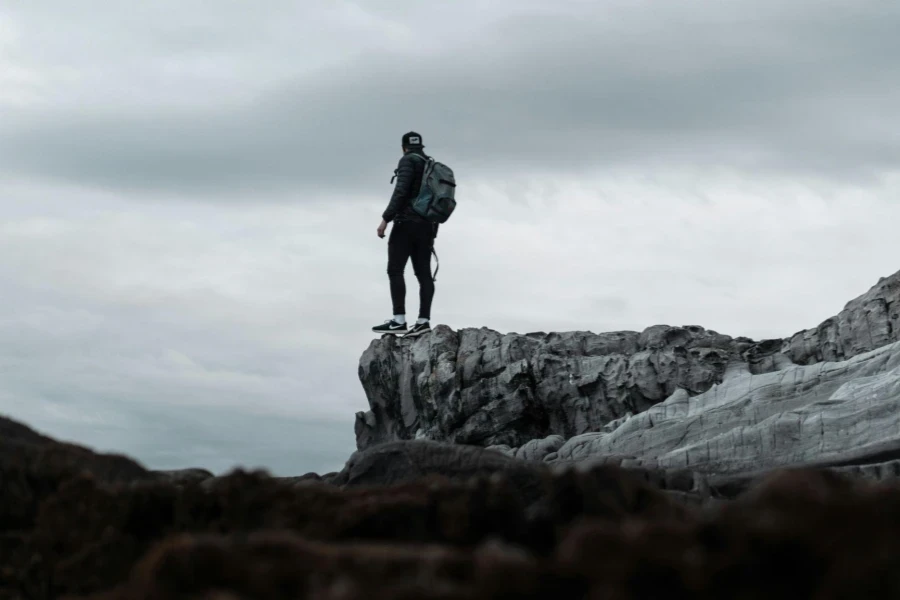
Weather Resistance: Must-Have Features for Protection
A hiking bag must be equipped to handle varying environmental conditions. One of the most crucial aspects of a quality bag is its ability to withstand diverse weather scenarios. Waterproof or water-resistant materials ensure that contents stay dry, preventing damage to essential gear such as electronics, clothing, and food. Additionally, features such as sealed seams, storm flaps, and durable zippers can further enhance weather resistance. Bags with rain covers offer an added layer of protection during unexpected downpours, ensuring that adventurers remain prepared for nature’s unpredictable changes.
Load Distribution: Importance of Ergonomics for Long Treks
When choosing a hiking bag, ensuring that it offers proper load distribution is vital for comfort and safety. A well-designed bag with an ergonomic fit will help evenly distribute the weight across the body, reducing strain on the back and shoulders. Look for backpacks with adjustable straps, padded hip belts, and chest straps to keep the load close to the body and minimize discomfort during long hikes. Proper load distribution can prevent injury, especially on multi-day treks where the weight of the bag becomes more challenging. The right design can transform the hiking experience, enabling wearers to carry heavy loads over long distances without discomfort.
Hydration Compatibility: Essential for Efficient Hiking
Hydration compatibility is a must-have feature for any serious hiking backpack. Dehydration can lead to fatigue and diminished performance, especially during intense physical activity in the outdoors. Backpacks with hydration reservoir sleeves allow hikers to carry a water bladder, enabling easy access to water without having to stop and unpack. This feature helps maintain fluid intake while keeping hands free, allowing hikers to focus on the trail. For longer expeditions, hydration packs that include larger reservoirs are particularly beneficial, as they reduce the need to carry multiple water bottles, making the overall hike more efficient.
Leading Picks for 2025: Features to Look For
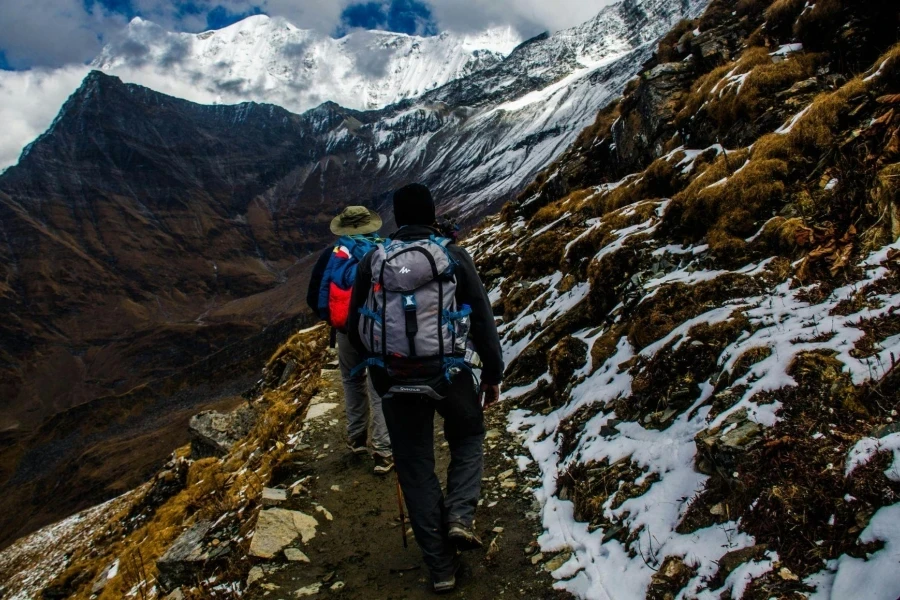
As the hiking and outdoor gear market evolves, advancements in pack design, comfort, and functionality have transformed how outdoor enthusiasts engage with their environments. With 2025 on the horizon, several features are set to shape the backpacks that will dominate the landscape. These innovations cater to a wide range of needs, from ultralight daypacks to heavy-duty technical packs designed for challenging terrains.
Top Daypacks for 2025: Compact Yet Feature-Rich
Daypacks for 2025 are expected to be lightweight yet feature-packed, offering versatility for activities like hiking, biking, and short trips. These packs will combine multi-functional compartments with ergonomic design, ensuring comfort while reducing weight. Enhanced airflow features, adjustable harness systems, and the use of eco-friendly materials will be prominent. The focus on sustainable design will be complemented by durable fabrics and coatings that can withstand outdoor conditions, meeting the needs of eco-conscious adventurers without sacrificing practicality.
Best Overnight Hiking Bags: Advanced Comfort and Storage
Overnight hiking bags in 2025 will prioritize both comfort and efficient storage. These bags will feature advanced frame systems to improve load distribution and reduce strain on the body during long treks. With ample room for camping gear, hydration reservoirs, and sleeping bags, these packs will be designed for easy access and organization. Adjustable harness systems and external storage compartments will allow for a personalized fit and quick retrieval of essential items, making multi-day hikes more comfortable and organized.
Leading Hydration Packs: Convenience and Hydration on the Go
Hydration packs for 2025 will go beyond basic water storage, incorporating hands-free drinking systems, anti-microbial coatings, and additional storage for small items like energy bars and phones. These packs will feature ergonomic designs that make them comfortable for extended use, especially in high-intensity activities such as trail running or mountain biking. Lightweight materials will ensure minimal weight while maximizing durability, ensuring that hydration on the go is convenient and reliable in all outdoor conditions.
High-Performance Technical Packs for Specialized Hikes
High-performance technical packs for 2025 will cater to specialized outdoor activities, such as mountaineering, rock climbing, and backcountry skiing. These packs will be equipped with reinforced areas for carrying technical gear and modular systems that can be adjusted based on the activity. Key features will include integrated avalanche safety equipment and rugged materials designed to withstand the harshest conditions. With a focus on lightweight yet durable construction, these technical packs will ensure that outdoor professionals are equipped with the best gear for their specific needs, combining functionality with comfort.
Conclusion
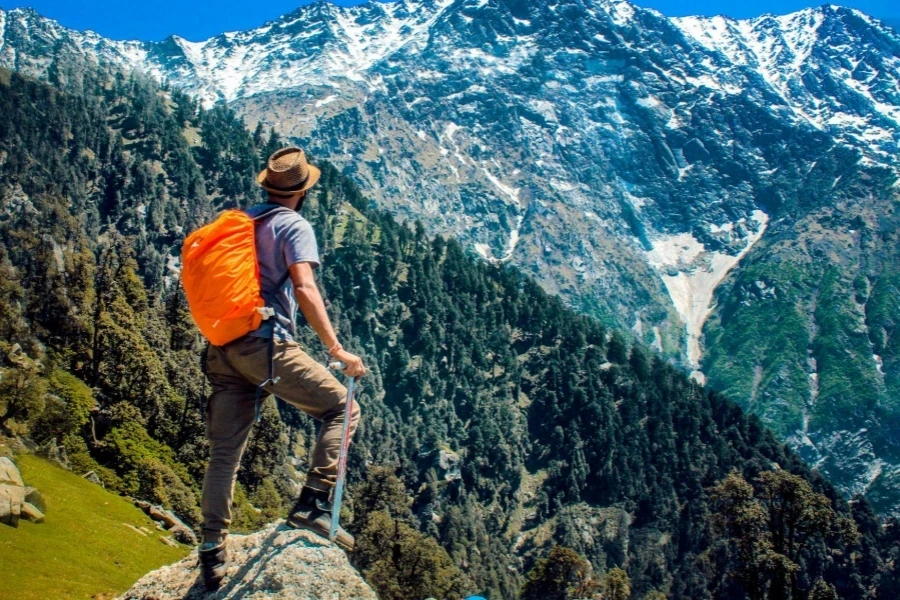
The competitive landscape of the hiking bag market highlights the increasing demand for durable, ergonomic, and environmentally-conscious products. As sustainability becomes more central to consumer preferences, brands that emphasize eco-friendly materials and innovative designs are gaining a significant market edge. Quality gear continues to be a defining factor, with businesses prioritizing longevity and functionality over aesthetics alone. In this competitive and ever-evolving market, understanding customer needs and staying ahead of trends is crucial for ensuring success in selecting the best products. Ultimately, investing in premium outdoor gear proves to be a smart choice for businesses looking to thrive in 2025 and beyond.
